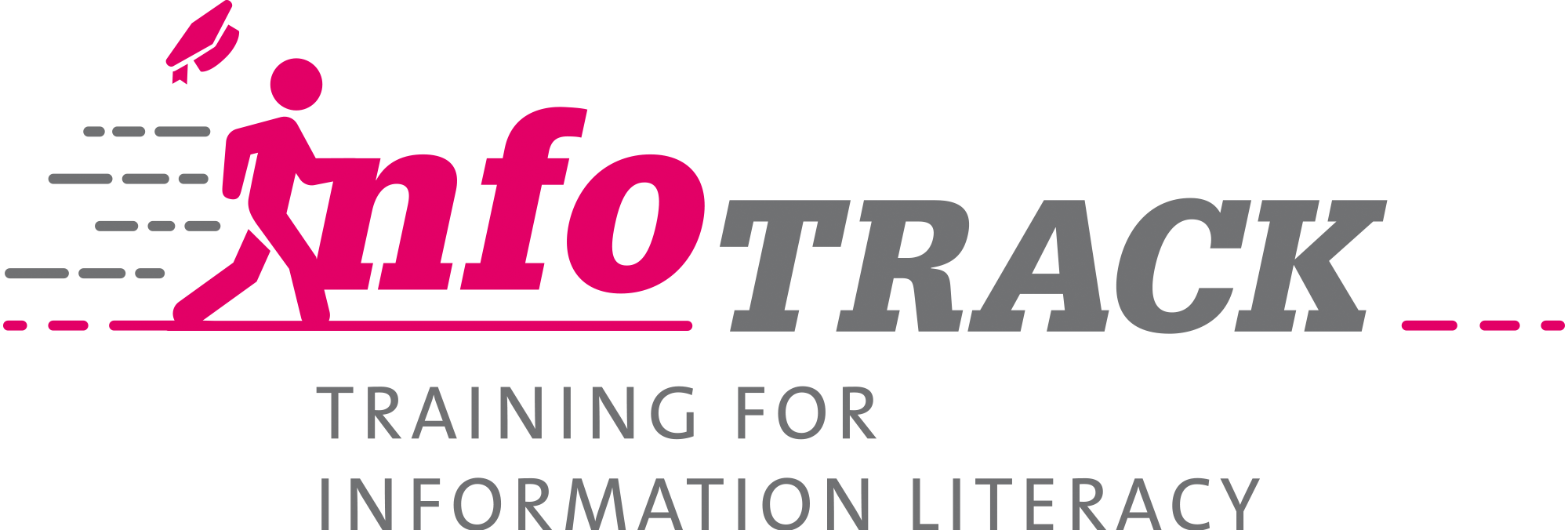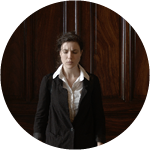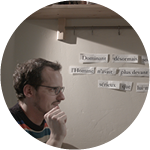Jules included an image found online in his presentation on Voltaire for French class. Like any artistic or literary work, this image is subject to copyright law. However, Jules has the right to use it if (check each correct response):
Reusing materials in a legal manner
The art of using copyright law
OBJECTIVES
- Apply the principles of copyright law to text and images in academic work
In her molecular biology report, Anna included a direct quotation from a manual borrowed from the library. She doesn’t risk breaking copyright law if (check each correct response):
Check all of the following statements that are correct (multiple possible answers):
In Switzerland, like in other countries, a Copyright Act protects creators from improper use of their work. In principle, to reuse content protected by copyright law in your own work, you must ask permission from the author. However, Swiss law provides two cases which will make your life easier when creating your academic work, and will save you from having to request permission from the original author:
- The right to quote, "if the quotation serves as an explanation, a reference or an illustration, and the extent of the quotation is justified for such purpose."
- The Private Use Exception for educational purposes applies to all academic work as long as the work isn't shared outside of the classroom.
If neither of these two cases applies, another solution is to choose open access works which are frequently designated under Creative Commons licenses and allow reuse without preliminary consent from the author, with respect to certain conditions.
![]()
 Websites:
Websites:
- CCdigitallaw / The Competence Center in Digital Law
- Citation and copyright basic rules / EPFL





